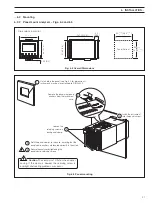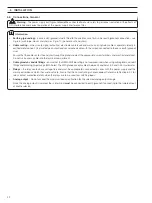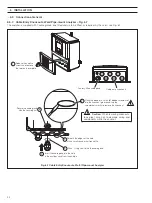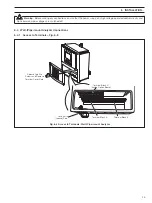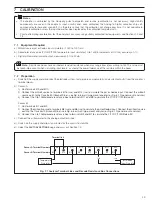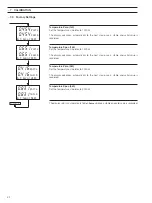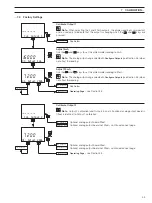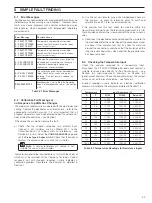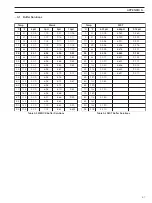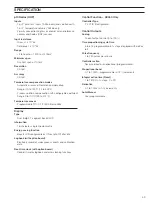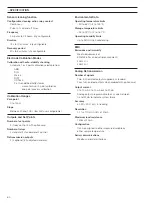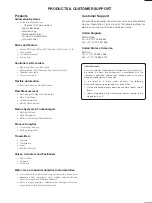
55
e
g
a
s
s
e
M
r
o
r
r
E
e
s
u
a
C
e
l
b
i
s
s
o
P
0
0
1
T
P
Y
T
L
U
A
F
:
A
0
0
0
1
T
P
Y
T
L
U
A
F
:
A
O
C
L
A
B
Y
T
L
U
A
F
:
A
d
e
t
a
i
c
o
s
s
a
/
r
o
t
a
s
n
e
p
m
o
c
e
r
u
t
a
r
e
p
m
e
T
n
e
p
o
r
e
h
t
i
e
e
r
a
A
r
o
s
n
e
S
r
o
f
s
n
o
i
t
c
e
n
n
o
c
.
t
i
u
c
r
i
c
t
r
o
h
s
r
o
t
i
u
c
r
i
c
0
0
1
T
P
Y
T
L
U
A
F
:
B
0
0
0
1
T
P
Y
T
L
U
A
F
:
B
O
C
L
A
B
Y
T
L
U
A
F
:
B
d
e
t
a
i
c
o
s
s
a
/
r
o
t
a
s
n
e
p
m
o
c
e
r
u
t
a
r
e
p
m
e
T
n
e
p
o
r
e
h
t
i
e
e
r
a
B
r
o
s
n
e
S
r
o
f
s
n
o
i
t
c
e
n
n
o
c
.
t
i
u
c
r
i
c
t
r
o
h
s
r
o
t
i
u
c
r
i
c
E
P
O
L
S
W
O
L
L
A
C
:
A
E
P
O
L
S
W
O
L
L
A
C
:
B
e
h
t
,
d
e
li
a
f
t
o
n
s
a
h
n
o
i
t
a
r
b
il
a
c
e
h
t
h
g
u
o
h
t
l
A
r
o
s
n
e
s
e
h
t
h
t
i
w
d
e
t
a
i
c
o
s
s
a
r
i
a
p
e
d
o
r
t
c
e
l
e
d
n
a
d
e
u
g
i
t
a
f
g
n
i
m
o
c
e
b
s
i
d
e
t
a
c
i
d
n
i
.
d
e
d
n
e
m
m
o
c
e
r
s
i
t
n
e
m
e
c
a
l
p
e
r
D
E
L
I
A
F
L
A
C
H
P
:
A
D
E
L
I
A
F
L
A
C
H
P
:
B
s
a
h
d
e
t
a
c
i
d
n
i
r
o
s
n
e
s
e
h
t
f
o
n
o
i
t
a
r
b
il
a
c
e
h
T
t
a
e
p
e
r
d
n
a
s
e
u
l
a
v
r
e
f
f
u
b
k
c
e
h
C
.
d
e
li
a
f
e
h
t
e
c
a
l
p
e
r
,
s
t
s
i
s
r
e
p
t
l
u
a
f
e
h
t
f
I
.
g
n
i
r
e
f
f
u
b
.
s
e
d
o
r
t
c
e
l
e
D
E
T
I
B
I
H
N
I
H
S
A
W
n
o
i
t
c
n
u
F
h
s
a
W
o
t
t
e
s
s
i
f
f
O
e
h
t
n
i
g
n
i
t
a
r
e
p
O
e
g
a
P
.
t
e
S
n
o
i
t
c
n
u
F
h
s
a
W
o
t
n
O
n
o
i
t
c
e
S
e
e
s
–
.
3
.
3
.
2
8
SIMPLE FAULT FINDING
8.1
Error Messages
If erroneous or unexpected results are obtained the fault may be
indicated by an error message – see Table 8.1. However, some
faults may cause problems with analyzer calibration or give
discrepancies when compared with independent laboratory
measurements.
8.2
Calibration Fail Message or
no Response to pH/Redox Changes
The majority of problems are associated with the electrodes and
cabling. Replace the electrodes as an initial check – refer to the
appropriate instruction manual. It is also important that all
program parameters have been entered correctly and have not
been altered inadvertently – see Section 7.
If the above checks do not resolve the fault:
a) Check that the analyzer responds to a millivolt input.
Connect a pH simulator, such as Model 2410, to the
transmitter input; +ve to glass and –ve to reference – see
Section 6.4 or 6.5. Select the
CONFIG. SENSORS
page and
set the
Probe Type
to
Redox
or
ORP
. Check that the analyzer
displays the correct values as set on the simulator.
Note
. A normal laboratory mV source is not
suitable for use as a pH simulator.
Failure to respond to the input indicates a fault with the analyzer
which must be returned to the Company for repair. Correct
response, but with incorrect readings, usually indicates a
calibration problem. Recalibrate the analyzer as detailed in
Section 7.
Table 8.2 Temperature Readings for Resistance Inputs
Table 8.1 Error Messages
e
r
u
t
a
r
e
p
m
e
T
(
e
c
n
a
t
s
i
s
e
R
t
u
p
n
I
Ω
)
C
º
°
F
0
0
1
t
P
0
0
0
1
t
P
K
3
o
c
l
a
B
0
2
3
0
0
.
0
0
1
0
0
.
0
0
0
1
0
0
.
3
6
6
2
0
1
0
5
0
9
.
3
0
1
0
0
.
9
3
0
1
0
0
.
8
9
7
2
0
2
8
6
9
7
.
7
0
1
0
9
.
7
7
0
1
0
0
.
3
3
9
2
5
2
7
7
3
7
.
9
0
1
0
3
.
7
9
0
1
0
0
.
0
0
0
3
0
3
6
8
7
6
.
1
1
1
0
7
.
6
1
1
1
0
0
.
8
6
0
3
0
4
4
0
1
4
5
.
5
1
1
0
4
.
5
5
1
1
0
0
.
3
0
2
3
0
5
2
2
1
0
4
.
9
1
1
0
0
.
4
9
1
1
0
0
.
8
3
3
3
0
6
0
4
1
4
2
.
3
2
1
0
4
.
2
3
2
1
0
0
.
3
7
4
3
0
7
8
5
1
7
0
.
7
2
1
0
7
.
0
7
2
1
0
0
.
8
0
6
3
0
8
6
7
1
9
8
.
0
3
1
0
9
.
8
0
3
1
0
0
.
3
4
7
3
0
9
4
9
1
0
7
.
4
3
1
0
0
.
7
4
3
1
0
0
.
8
7
8
3
0
0
1
2
1
2
0
5
.
8
3
1
0
0
.
5
8
3
1
0
0
.
3
1
0
4
5
.
0
3
1
9
.
6
6
2
0
0
.
0
5
1
0
0
.
0
0
5
1
0
5
.
2
8
5
4
b) Use the pH simulator to carry out an impedance check on
the analyzer, i.e. glass to reference, glass to earth and
reference to earth – refer to simulator manual.
If the analyzer fails this test, check for moisture within the
transmitter and in particular the terminal compartment. It is vital
that all evidence of moisture is removed with the use of a hot air
drier.
c) Reconnect the electrode cable and connect the simulator to
the electrode end of the cable. Repeat the procedures a) and
b) above. If the analyzer fails test b), check for moisture
around the connections and check that the insulation on the
inner co-axial conductor is clean and that the graphite layer
has been removed.
8.3
Checking the Temperature Input
Check the analyzer responds to a temperature input.
Disconnect the Pt100/Pt1000
/Balco 3K
leads and connect a
suitable resistance box directly to the analyzer inputs – see
Section 6.4 (wall-/pipe-mount analyzer) or Section 6.5
(panel-mount analyzer). Check the analyzer displays the correct
values as set on the resistance box – see Table 8.2.
Incorrect readings usually indicate an electrical calibration
problem. Re-calibrate the analyzer as detailed in Section 7.3.

